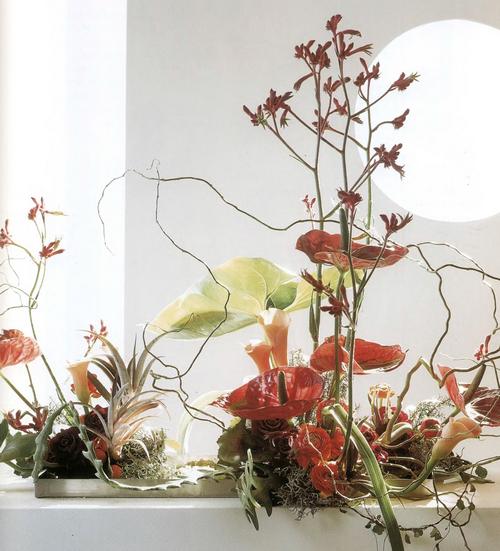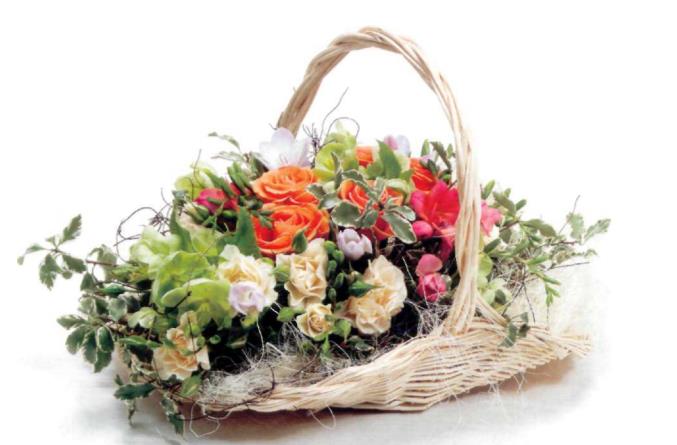A masterfully composed bouquet is a rather complicated and painstaking work. The result should be a small work of art. And only such a composition is able to fully show the natural beauty of flowers in a combination of their various shapes, sizes and colors. Bouquet design is a rational placement and processing of flowers corresponding to the development of the plant. Flowers and the vessel in which they stand should look holistically. Making a beautiful arrangement of flowers is not so simple. In order to do this according to all the rules, you need to know them.

The basic rules and techniques for composing a bouquet:
- The correct arrangement, combination and ratio of colors, herbs and vases in size, shape and color
- The simplicity of the composition, the use of the main and auxiliary material economically.
- Symmetric, asymmetric or natural placement of plants of different heights in a vessel
- Plants must clearly and expressively form the main lines
- In bouquets, in addition to flowers, you can use herbs, branches, fruits, stones, etc.
- The composition should harmoniously fit into the interior or suit the occasion
- Compliance with the expressive means of composition – scale, proportion, balance, contrast, etc.
- The bouquet must meet the standards of the style in which it is created
- The composition cannot but resonate with fashion trends.
It is almost impossible to clearly classify all types of flower arrangements, divide them into groups and give a certain characteristic. But, nevertheless, florists nevertheless, according to common signs, united them into several main groups for the possibility of determining the style of the bouquet.

Undoubtedly, a complex bouquet of numerous flowers, leaves, branches, etc. is based on knowledge of the basic elements of the composition and their proper use.
The main elements of a compositional solution in arranging a bouquet:
- Point (focal point or center of attention, or dominant)
- Line (horizontal, vertical, diagonal, tending up or falling down)
- Location (symmetry, asymmetry)
- Shape (round, oval, vertical, triangular, sickle-shaped, S-shaped, L-shaped and free)
- Bulk
- Proportions
- Surface
- Weight
- Contrast (contrast in lightness, weight contrast, temperature contrast, multiple contrast, low contrast, high contrast, consonance of contrasts)
- Shine
- Lighting
- Accent
- Equilibrium
- And etc.
Knowing all these components of creating a harmonious stylish composition, and knowing how to apply them in practice, you can create a bouquet even from a very small amount of material used.